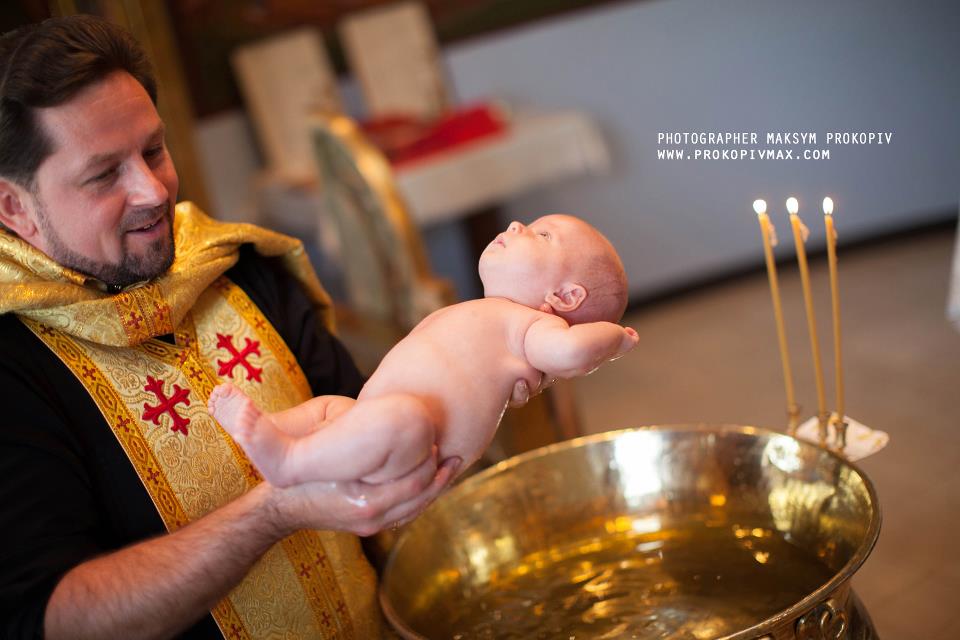Please notify the pastor when a child is born so that dates for the proper prayers and blessings, other than baptism, can be arranged. A preparatory meeting with parents and godparents is required before baptism.
Call the pastor or parish office at 773-625-4805 to make arrangements.
Baptism by immersion in warm, oily water gives the catechumen a feeling of being entirely enveloped by the Holy Spirit.
Baptisms are perhaps one of the most enjoyable aspects of my priestly ministry. The joy, tinged with the sleepiness, of the parents. The utter pride of the grandparents. The honored looks of the Godparents. The family and friends gathered to share the joy. The other little children, dressed in their finest trying to contain their natural exuberance. And of course the child with big innocent eyes looking at the world and at us, recognizing that this is a special day. A day that is not the ordinary routine, and not sure how to react, to giggle or cry, perchance to take a nap, but always a wondrous and beautiful new life. And let us not forget the joy of an adult baptism, an adult who has freely chosen, out of love of God, to be a partaker of His holy mysteries and be one of His holy flock.
Before I go any further there are a few things I should explain about this service that will hopefully unlock some of the deep meaning and beautiful symbolism contained herein.
Not ‘just’ Baptism
The Eastern Catholic Churches have retained the original practice of celebrating the three sacraments of initiation at once: Baptism, Chrismation and Eucharist. This difference dates back to the earliest Church in the first four centuries where the bishop of a given city was the one who accepted all new members into the Church. With the baptism of Emperor Constantine in the 4th century, and the subsequent rush of baptisms in the Church, the bishops could no longer initiate all new member. In the East all sacraments of initiation were delegated to the priests, whereas in the West , the bishop retained the Chrismation as a vestige of the earlier era. In the subsequent 16 centuries these sacraments of initiation were more and more separated in the West, and in the East they remained together.
It is important to note that only after the reception of all three of these Holy Mysteries can a person consider themselves a full member of the body of Christ (i.e. The Church). Some may think that an infant cannot receive communion because the child does not understand, but our tradition teaches us that the lack of intellectual understanding of the Eucharist does not decrease the positive effect of the grace it imbues.
‘Wow, this service is long’
It is unfortunate that over the years many of our services were shortened and minimized, and many beautiful prayers were rarely heard, obscuring the full context and meaning of the service. Therefore, in this text, most are included, though some of the prayers are in boxes, so if necessary they may be omitted.
Participation
As with any service, full participation by all the faithful is strongly encouraged. As almost with any activity, the more one participates the more interesting it becomes. Therefore, sing along with the cantor, read the prayers, think about what is being said, and most importantly pray with the service and allow it to renew your own baptismal grace.
To unlock some of these elements for the churchgoer, this text was designed with several features:
Colors: the text is color coded, red is for instruction, blue is for the priest’s silent prayers (which I strongly recommend for the people to read), green is for explanations, and black is for the normal text.
Reflections and Commentary: A simple running commentary of some of the meaning and symbols of the baptism. Mainly they are reflections that have unlocked this service for me. The main purpose of these reflections is not a historical explanation of the Liturgy as much as helping the faithful be ever more mindful of the Liturgy.



